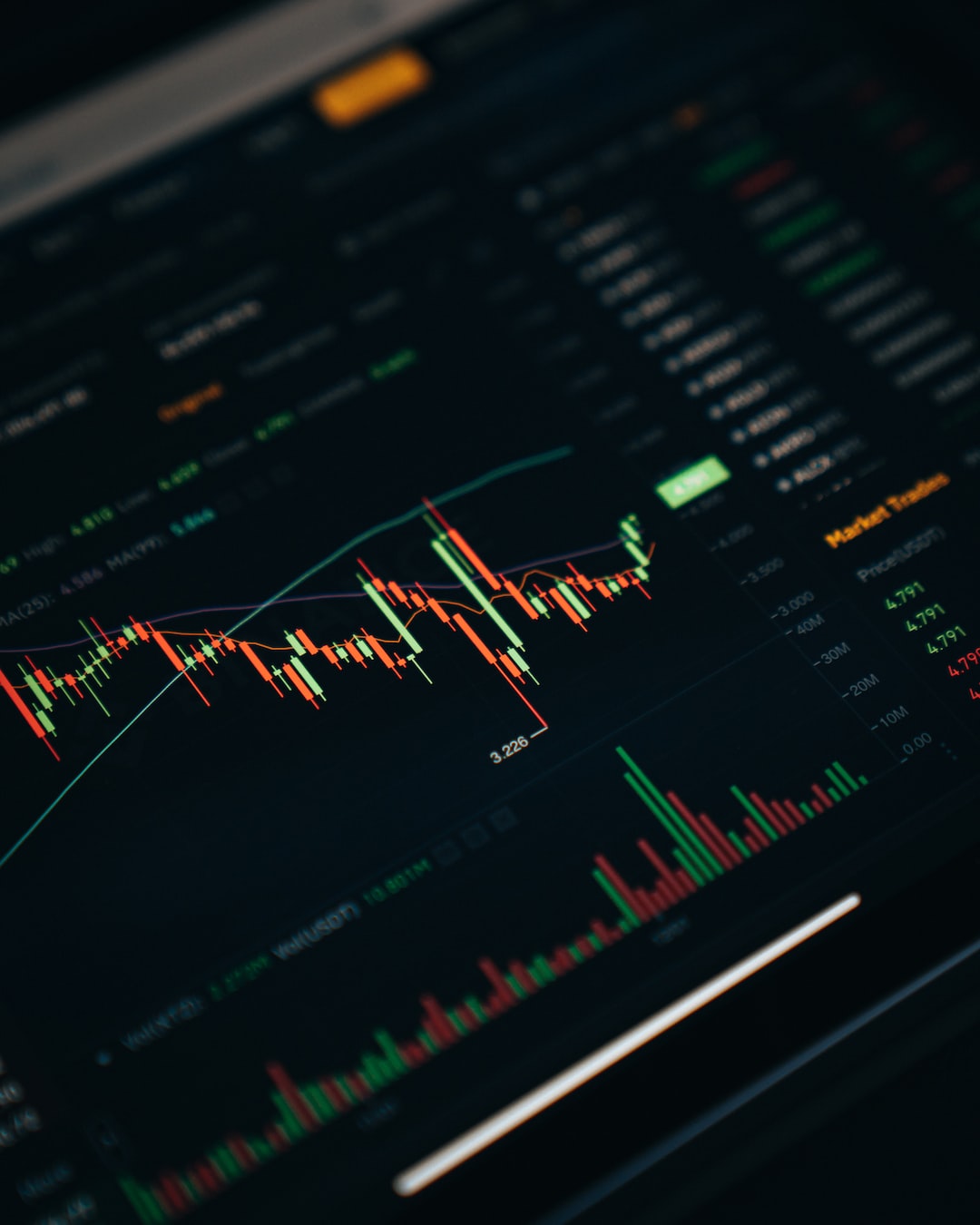Limit Orders vs. Stop Orders: Which Forex Order Type is Right for You?
When trading in the foreign exchange market (forex), traders have the option to use different types of orders to execute their trades. Two commonly used order types are limit orders and stop orders. Understanding the differences between these two order types is crucial for traders to effectively manage their positions and achieve their desired trading outcomes.
What are Limit Orders?
A limit order is an order to buy or sell a currency pair at a specific price or better. When placing a limit order, traders set a price level at which they want to execute their trade. This means that the order will only be filled if the market reaches the specified price or better.
For example, if a trader wants to buy a currency pair at a lower price, they can place a limit order below the current market price. If the market reaches the specified price or lower, the order will be executed. On the other hand, if a trader wants to sell a currency pair at a higher price, they can place a limit order above the current market price. If the market reaches the specified price or higher, the order will be executed.
Limit orders are useful for traders who want to enter the market at specific price levels. They provide traders with more control over their entry points and allow them to potentially enter trades at more favorable prices. However, it is important to note that there is no guarantee that a limit order will be filled, as the market may not reach the specified price.
What are Stop Orders?
A stop order is an order to buy or sell a currency pair once the market reaches a specified price level. Unlike limit orders, stop orders are used to enter the market at prices that are worse than the current market price.
There are two types of stop orders: buy stop orders and sell stop orders. A buy stop order is placed above the current market price, and it is used when a trader wants to enter a long position once the market surpasses a certain price level. On the other hand, a sell stop order is placed below the current market price, and it is used when a trader wants to enter a short position once the market drops below a certain price level.
Stop orders are commonly used by traders who want to enter the market when it shows momentum in a specific direction. They can be particularly useful in breakout trading strategies, where traders aim to catch strong price movements after a period of consolidation. By using stop orders, traders can avoid missing out on potential trading opportunities if they are not able to constantly monitor the market.
Which Order Type is Right for You?
The choice between limit orders and stop orders depends on your trading strategy, risk tolerance, and market conditions.
If you have a specific entry price in mind and are willing to wait for the market to reach that level, a limit order may be more suitable for you. Limit orders provide you with more control over your entry points and allow you to potentially enter trades at better prices. However, there is a risk that your limit order may not be filled if the market does not reach the specified price.
On the other hand, if you want to enter the market when it shows momentum in a specific direction, a stop order may be more appropriate. Stop orders allow you to enter trades at prices that are worse than the current market price, but they increase the likelihood of your order being executed. This can be particularly beneficial in volatile market conditions when price movements can be swift and significant.
It is important to note that both limit orders and stop orders have their advantages and disadvantages. Traders should carefully consider their trading objectives, risk tolerance, and market conditions before deciding which order type to use.
In conclusion, limit orders and stop orders are two commonly used order types in forex trading. Limit orders allow traders to enter the market at specific price levels, while stop orders enable traders to enter the market once it reaches a specified price level. The choice between these order types depends on factors such as trading strategy, risk tolerance, and market conditions. By understanding the differences between limit orders and stop orders, traders can make informed decisions and effectively manage their positions in the forex market.






